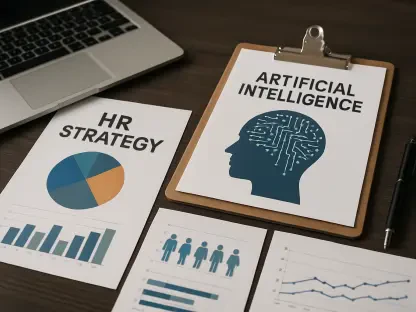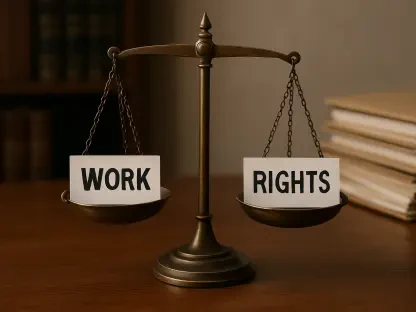Automation and artificial intelligence have become synonymous with workplace evolution. Remarkably, AI tools have emerged with unprecedented speed, with platforms like ChatGPT amassing 400 million users within just a span of two years. This surge prompts a critical examination: Who truly steers the wheel of innovation in modern environments—large organizations or the employees themselves?
A Tide Shift in Workplace Innovation
In today’s corporate world, there is a noticeable shift toward individual empowerment as the primary driver of innovation. Moving away from the traditional model where companies dictated technology adoption, employees now seek increased control over their work tools. This autonomy not only enhances job satisfaction and personal growth but is also crucial in an age where flexibility and efficiency are prized qualities. Employees are thus keenly aware of their need for modern technology to navigate an ever-evolving workplace landscape.
Exploring Innovation Power Dynamics
The consumerization of IT, where employees’ technology preferences began to shape corporate decisions, serves as a landmark in understanding current dynamics. An example from the early 2000s is Microsoft’s response to its employees’ demand for iPhones, marking the start of this cultural transformation. This era laid the groundwork for the present Individualist Era of AI-driven innovation. It is evidenced by data showing a staggering 77% of workers pursuing efficiency by experimenting with new technology. Companies are learning to adapt, as evidenced by those successfully integrating individual tech preferences into their frameworks, leading to broader innovation.
Firsthand Perspectives: Leaders at the Helm
Insights from research highlight a surprising trend: senior leaders are often at the forefront of embracing new technologies. Their understanding of the intricate balance between innovation and corporate regulations positions them as catalysts for change. Industry figures express the challenge of merging innovation with compliance, underscoring the necessity for informed decision-making. A narrative from an industry veteran illustrates an early encounter with employee-driven demand for tech advancements at Microsoft, offering a vivid glimpse into the evolution of innovation dynamics.
Practical Approaches to Foster Innovation
Organizations must adopt thoughtful frameworks to succeed in this evolving landscape. By assessing individual needs, companies can ensure their tech offerings align with employee autonomy. Mapping out innovator personas within teams aids in understanding diverse motivations and potential resistance. Additionally, embracing diverse tech choices will facilitate harmony between personal career ambitions and organizational culture. This strategic alignment ensures that employee-driven technological preferences enhance overall organizational goals.
Charting the Future of Innovation
Reflecting upon these insights, it is crucial for companies to consider how best to harness individual innovation power. Proactively assessing employees’ desires and motivations helps organizations align technological offerings with personal ambitions. The integration of personal tech preferences into the organizational culture was a game-changer in this evolving landscape, fostering a collaborative environment. Looking forward, companies should continue to balance innovation with compliance, anticipate individual needs, and welcome a culture where employees actively shape their professional journeys.









